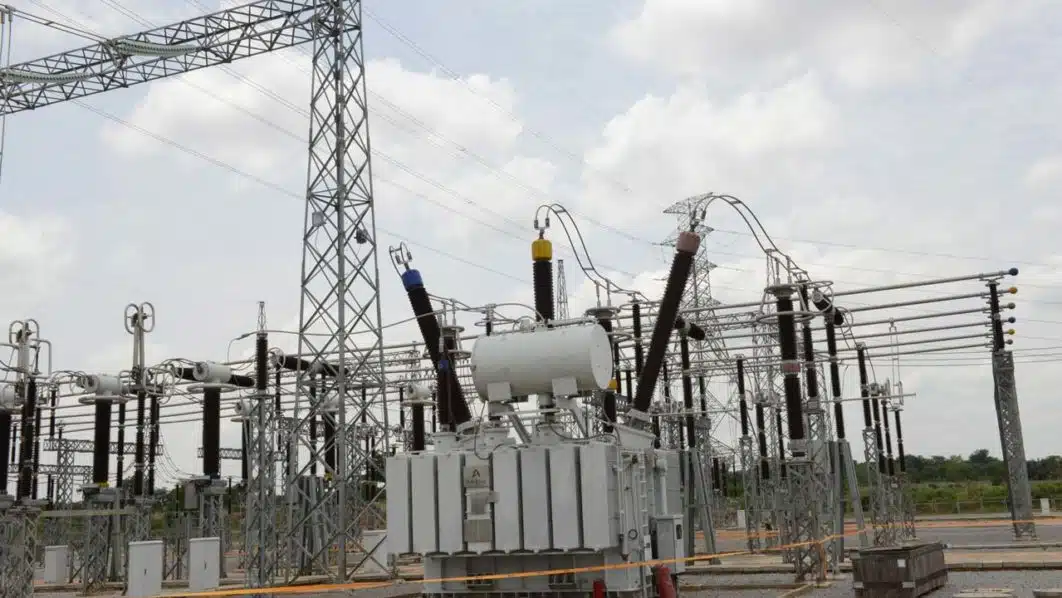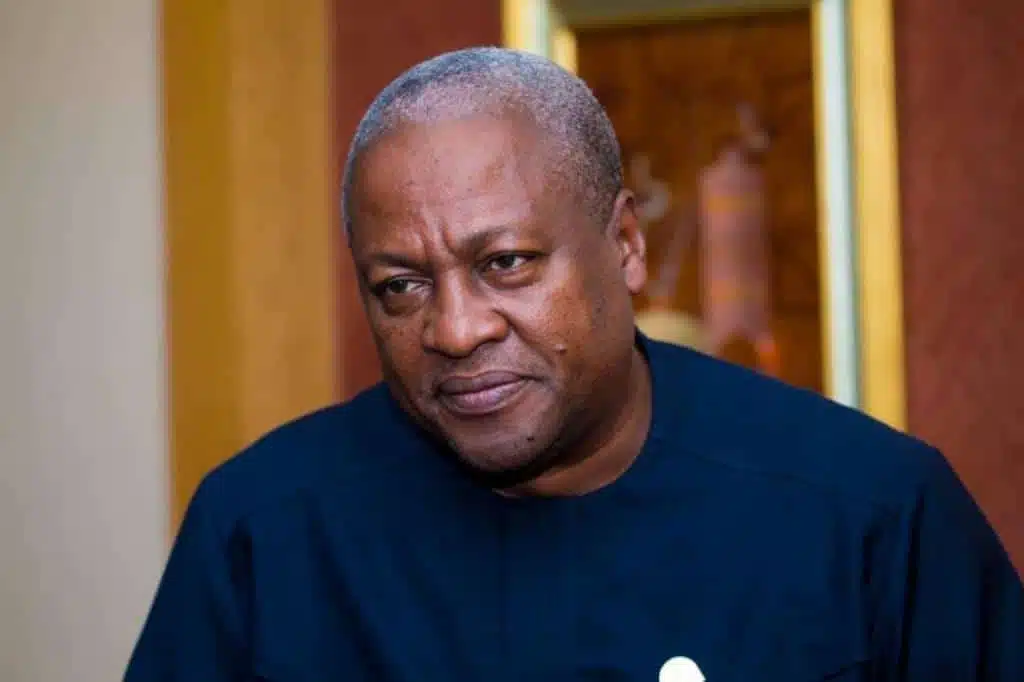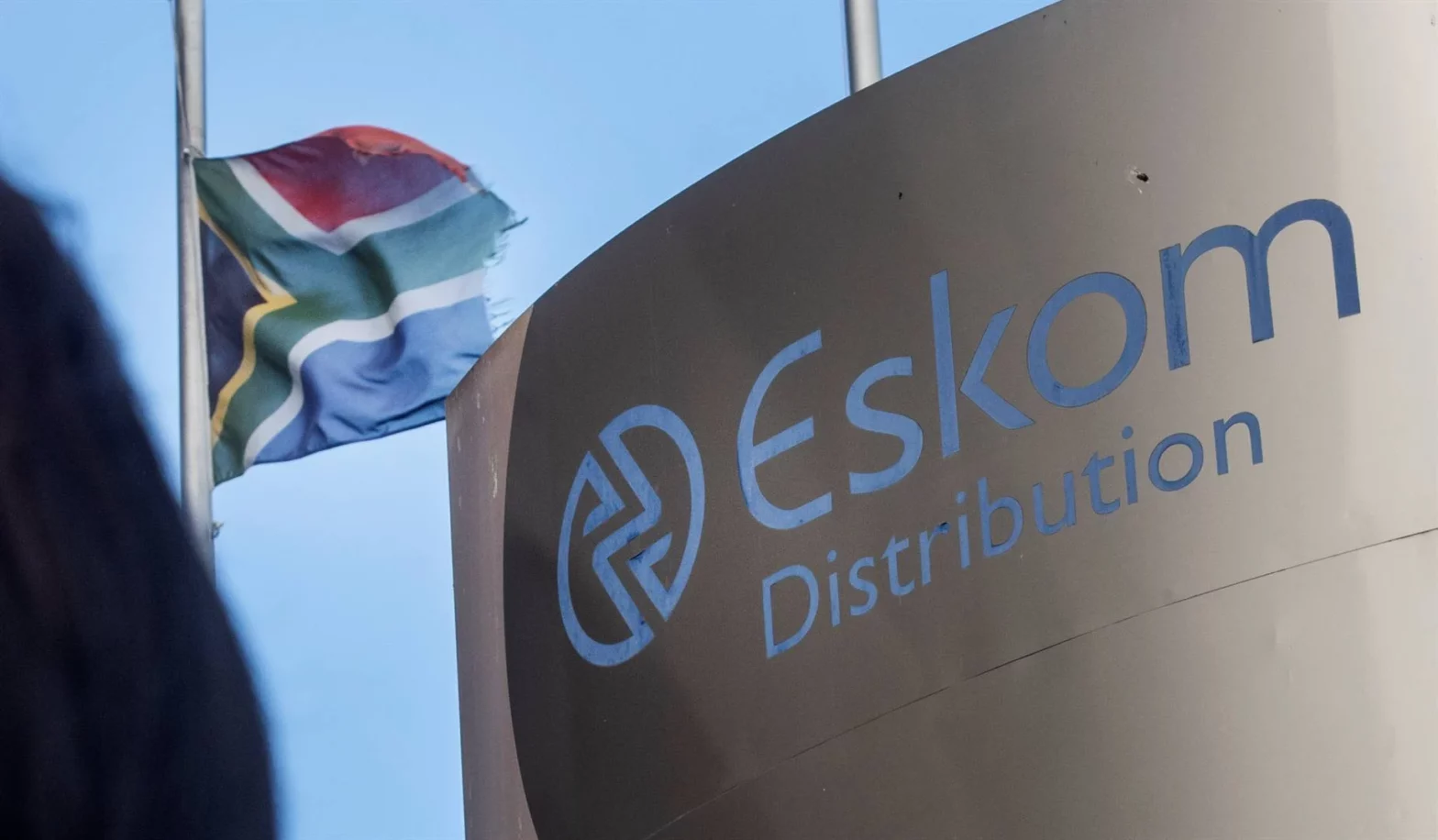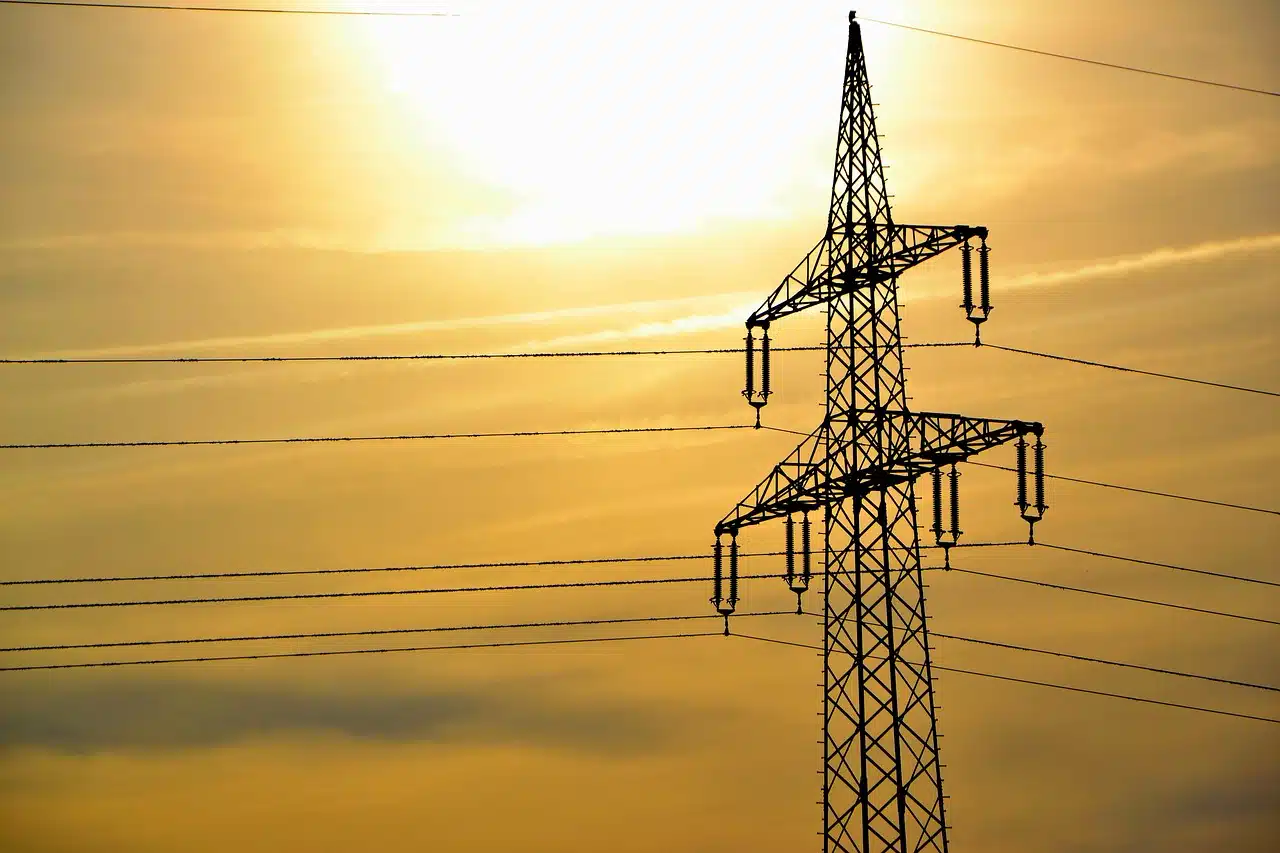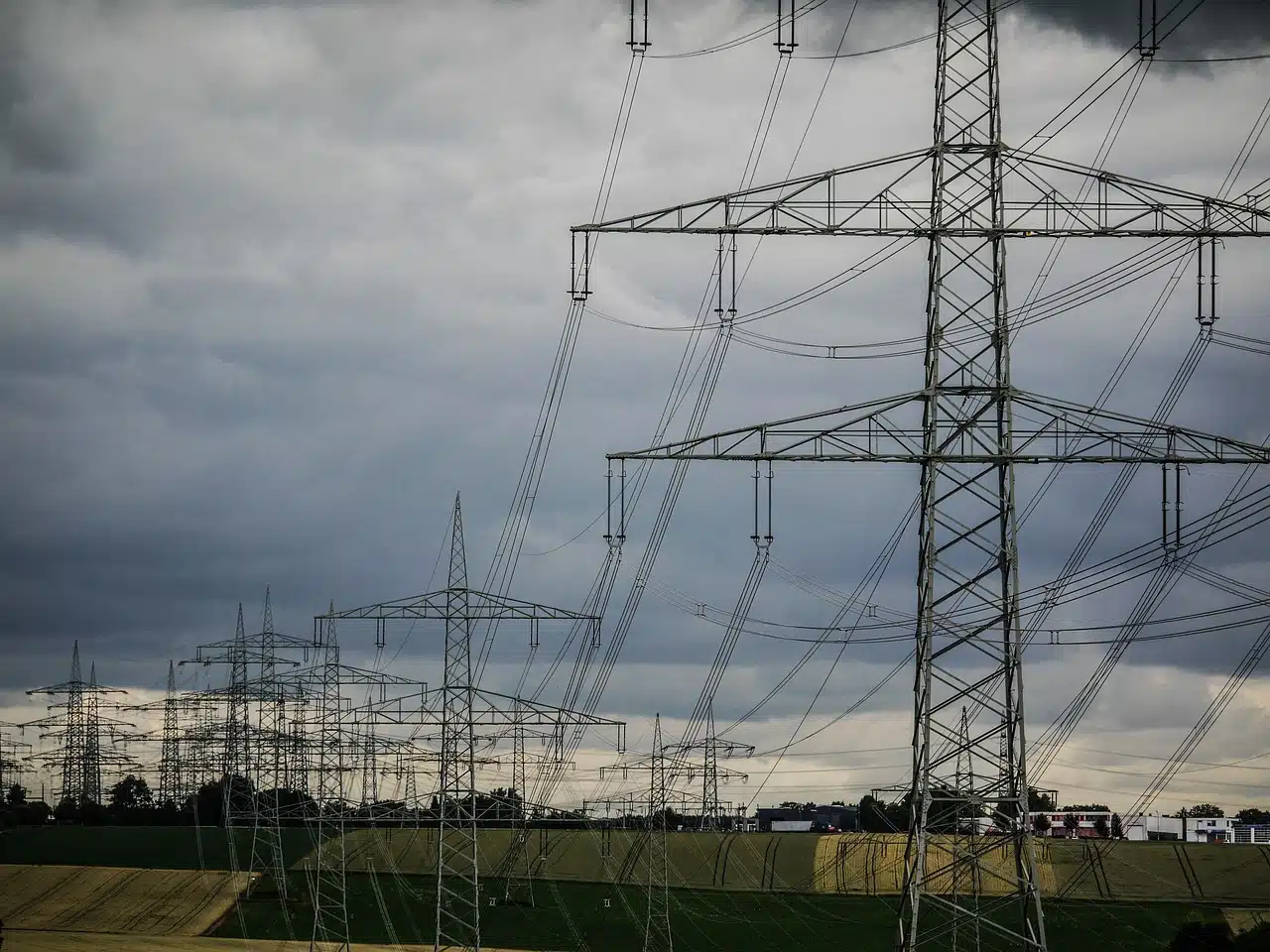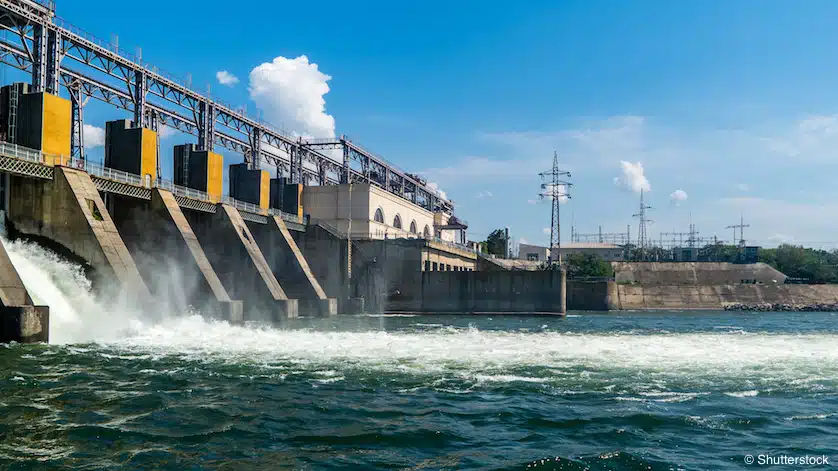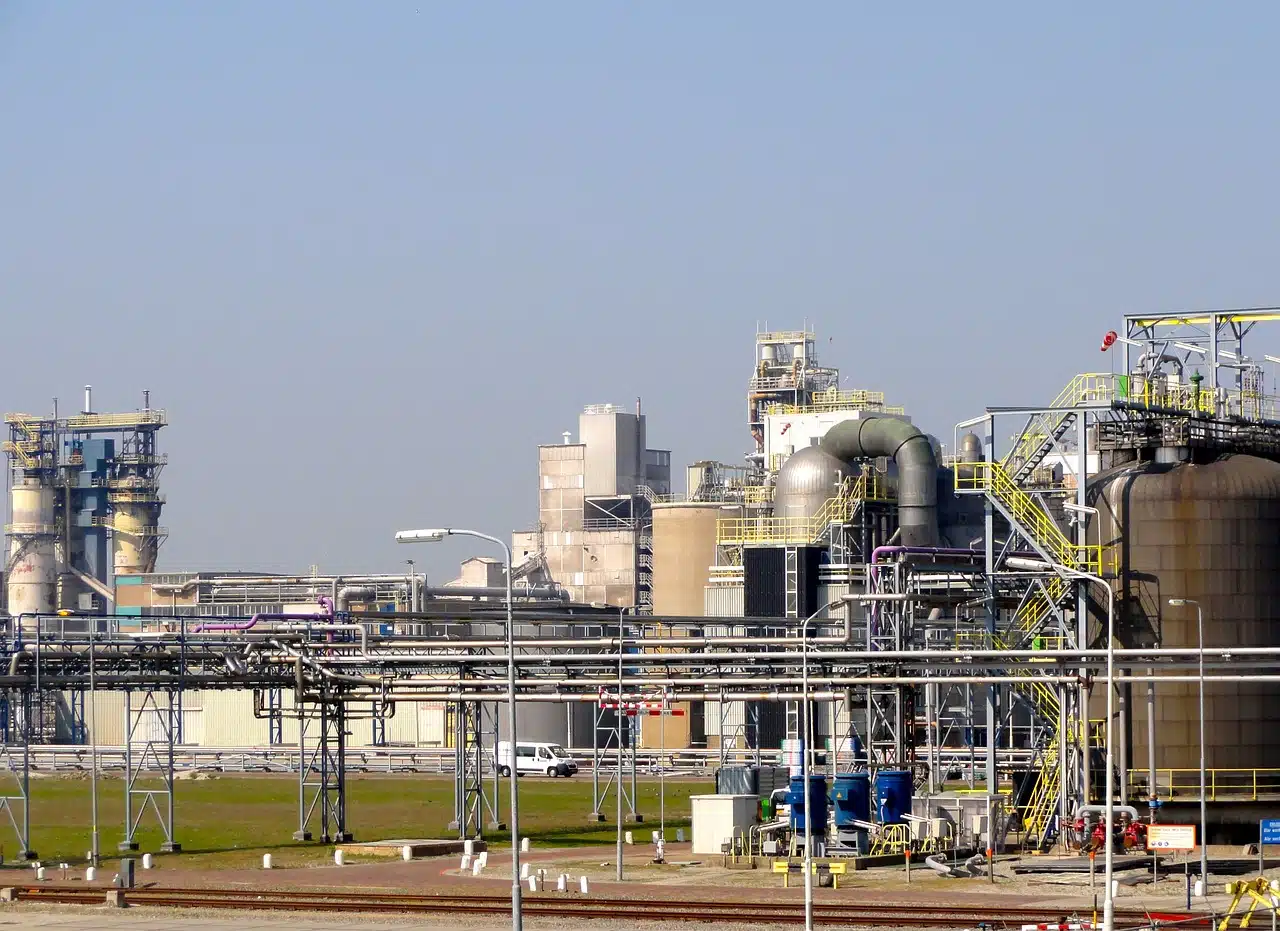Nigeria, Africa’s most populous nation, is grappling with a fragile national power grid that frequently collapses, leaving millions in the dark and throttling the country’s economic potential.
According to the World Bank, Nigeria loses an estimated $29 billion annually due to unstable power supply, a burden that impinges on growth and deters investment.
In 2024 alone, the grid has collapsed at least 12 times, making it an average of one incident of nationwide system failure monthly.
In this article, Energy in Africa examines some of the reasons behind the incessant collapses of the West African country’s power grid:
Aging Infrastructure at the Core of Blackouts
At the heart of the crisis is Nigeria’s outdated power infrastructure. Transmission lines and substations—some over 40 years old—are prone to frequent breakdowns.
The Transmission Company of Nigeria (TCN), a government-owned entity, reports average transmission losses of 7.79 megawatts for every 100 megawatts fed into the grid.
“Years of under-investment have left the grid susceptible to tripping when demand fluctuates unexpectedly,” explained Ayodele Oni, a Lagos-based energy lawyer.
The problem is further exacerbated by vandalism and targeted attacks on transmission infrastructure, with TCN documenting 108 attacks on its towers and lines in just the past two years.
Disparity Between Resources and Output
Despite being home to the world’s seventh-largest gas reserves and boasting an installed generation capacity of 13,500 megawatts, Nigeria only generates and distributes about a third of this capacity.
This leaves its 200 million citizens with significantly less power per capita compared to other nations.
To put it into perspective, Nigeria generates less than 10% of the electricity produced by South Africa—a country with a population just one-third the size.
Over 75% of Nigeria’s electricity comes from gas-fired power plants concentrated in the south, while the remainder is produced by hydroelectric facilities in the north
Searching for Solutions
More than a decade after the privatization of its electricity sector, Nigeria’s grid remains fragile.
- However, recent reforms may signal a shift toward decentralization. In 2022, the government granted Nigeria’s 36 states the authority to generate and transmit their own electricity.
- States like Lagos, the country’s commercial hub, and five others have already begun developing independent power markets.
- To address rural electrification, the federal government is collaborating with the World Bank to construct 1,000 mini solar grids, expanding access to under-served communities.
“A more resilient approach is needed in Nigeria to incorporate decentralized energy sources, such as solar power paired with storage, to complement the national grid,” said Sherisse Alexander, chief business officer at WATT Renewable Corporation.
While systemic issues persist, Nigeria’s journey to energy reform shows potential.
Decentralized power systems and investments in renewable energy are gaining traction, offering a glimmer of hope for a more stable and inclusive power supply in the future.
Credit: Reuters

